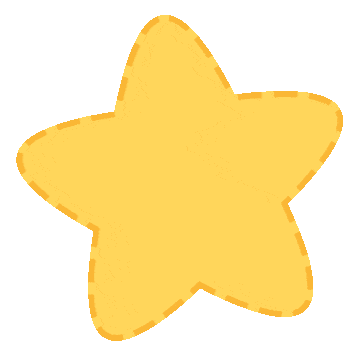
The Chronic Disease Joint Studio of the Luopu Community Health Service Center at Panyu Second Hospital has received positive feedback from the local community after launching TCM identification services. Today, we continue our series on TCM identification, focusing on the Qi Deficiency Type.
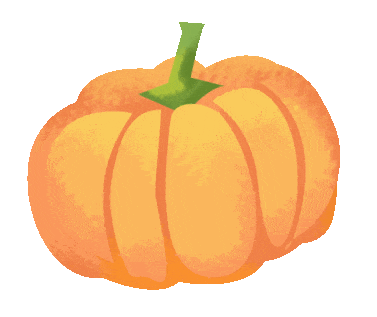
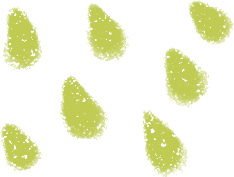
Constitution Characteristics
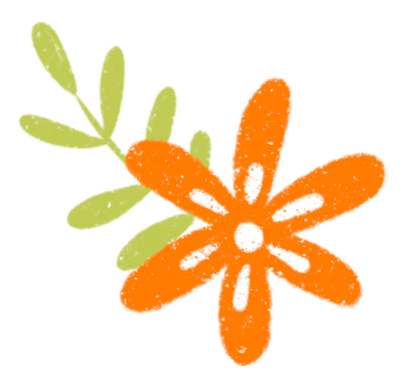

Overall Characteristics
Insufficient vital energy, primarily characterized by fatigue, shortness of breath, and spontaneous sweating.

Physical Characteristics
Body tends to be overweight, with soft and flabby muscles.

Common Manifestations
Usually has a weak voice, shortness of breath, reluctance to speak, easily fatigued, low energy, prone to sweating, pale red tongue with tooth marks on the sides, and weak pulse.

Psychological Characteristics
Tends to be introverted and enjoys quietness.

Tendency to Illness
Prone to colds, organ prolapse, etc.; slow recovery after illness.

Adaptability to External Environment
Not tolerant to wind, cold, heat, or dampness.

TCM Health Guidance


Emotional Regulation
It is advisable to maintain a stable and optimistic mindset, avoiding excessive mental strain. Enjoying upbeat music, such as the flute piece “Joyful Reunion,” is recommended.

Dietary Nourishment
It is advisable to choose foods that are neutral to slightly warm and tonify the spleen and qi, such as rice, millet, pumpkin, carrots, yam, jujube, shiitake mushrooms, lotus seeds, white lentils, soybeans, eggs, chicken, and beef. Try to avoid or minimize foods that deplete qi, such as betel nut and raw radishes. It is not advisable to consume excessive cold, bitter, spicy, or hot foods.

Daily Routine Management
Encourage a balance between work and rest, avoiding excessive labor to prevent damage to the vital energy. Avoid exposure to wind after sweating. The living environment should use bright warm colors.

Exercise and Health
It is advisable to choose gentler traditional fitness activities, such as Ba Duan Jin (Eight Pieces of Brocade). After completing the full set of Ba Duan Jin movements, perform “Two Hands Climbing Feet to Strengthen the Kidneys and Waist” and “Clenching Fists and Glaring to Increase Strength” 1-3 more times. Avoid vigorous exercise. The anal contraction method can also be used to prevent organ prolapse: relax the whole body, focus on the perineum and anal area. First, inhale and contract the abdomen, then squeeze and lift the anus, hold for 2-3 seconds, then slowly relax and exhale, repeating this 10-15 times.

Acupoint Health
Selected Points:
Qihai (Qi Sea) Point, Guanyuan (Gate of Origin) Point
Location:
Qihai point is located in the lower abdomen, on the anterior midline, 1.5 cun below the umbilicus; Guanyuan point is located in the lower abdomen, on the anterior midline, 3 cun below the umbilicus (as shown in the diagram).
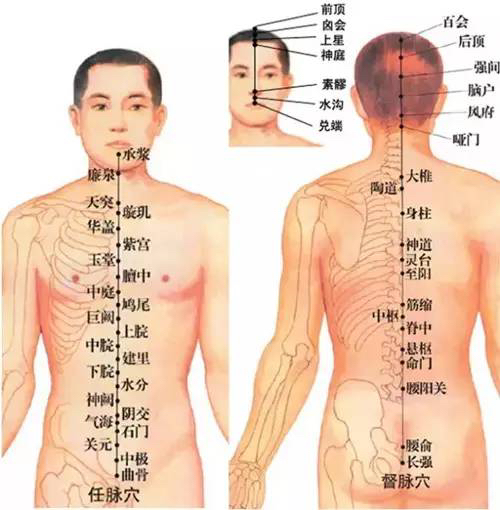
Procedure:
Apply pressure with the palm on the acupoints, performing gentle circular motions for 2-3 minutes on each point until a sensation of soreness and distension is felt. This can be done 1-2 times a day.
Additionally, moxibustion with moxa sticks can be used to enhance warming and qi tonification effects. Ignite the moxa stick or use a moxibustion box to warm the acupoints for 10 minutes each time. The burning end of the moxa stick should be kept 2-3 cm away from the skin to avoid burns. Gentle moxibustion can be performed once a week.

This Issue’s Dietary Therapy

Reference Dietary Recipes:

Yam Congee
Yam and japonica rice, which have the effect of tonifying the middle and benefiting qi, are suitable for those with Qi Deficiency constitution.

Astragalus Chicken
Young chicken and fresh astragalus, which have the effect of benefiting qi and tonifying deficiency, are suitable for those with Qi Deficiency constitution who are prone to spontaneous sweating. It can be consumed once every two weeks, but should not be taken continuously for long periods.
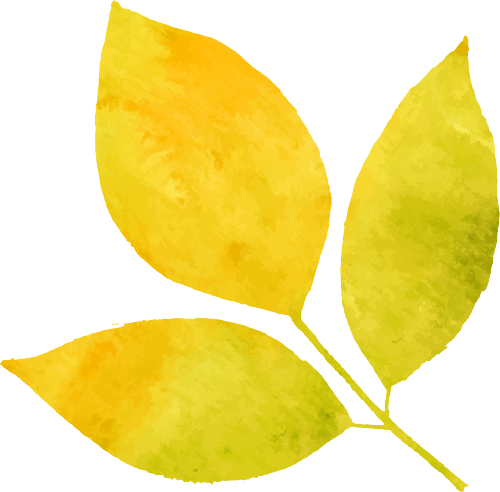
The TCM department of Panyu Second Hospital Luopu District is open:
Monday to Sunday
8:00-12:00, 14:00-17:00

Expert Introduction


Dr. He Zicheng
Graduated from Southern Medical University with a Bachelor’s degree in Medicine, completed standardized training at a tertiary hospital, and is clinically skilled in traditional TCM therapies such as acupuncture, moxibustion, and cupping, combined with TCM formulas to treat common internal and external diseases, such as dizziness, headaches, neck, shoulder, waist, and leg pain, muscle strain, osteoarthritis, stroke sequelae, facial paralysis, shingles, and pediatric health massage.
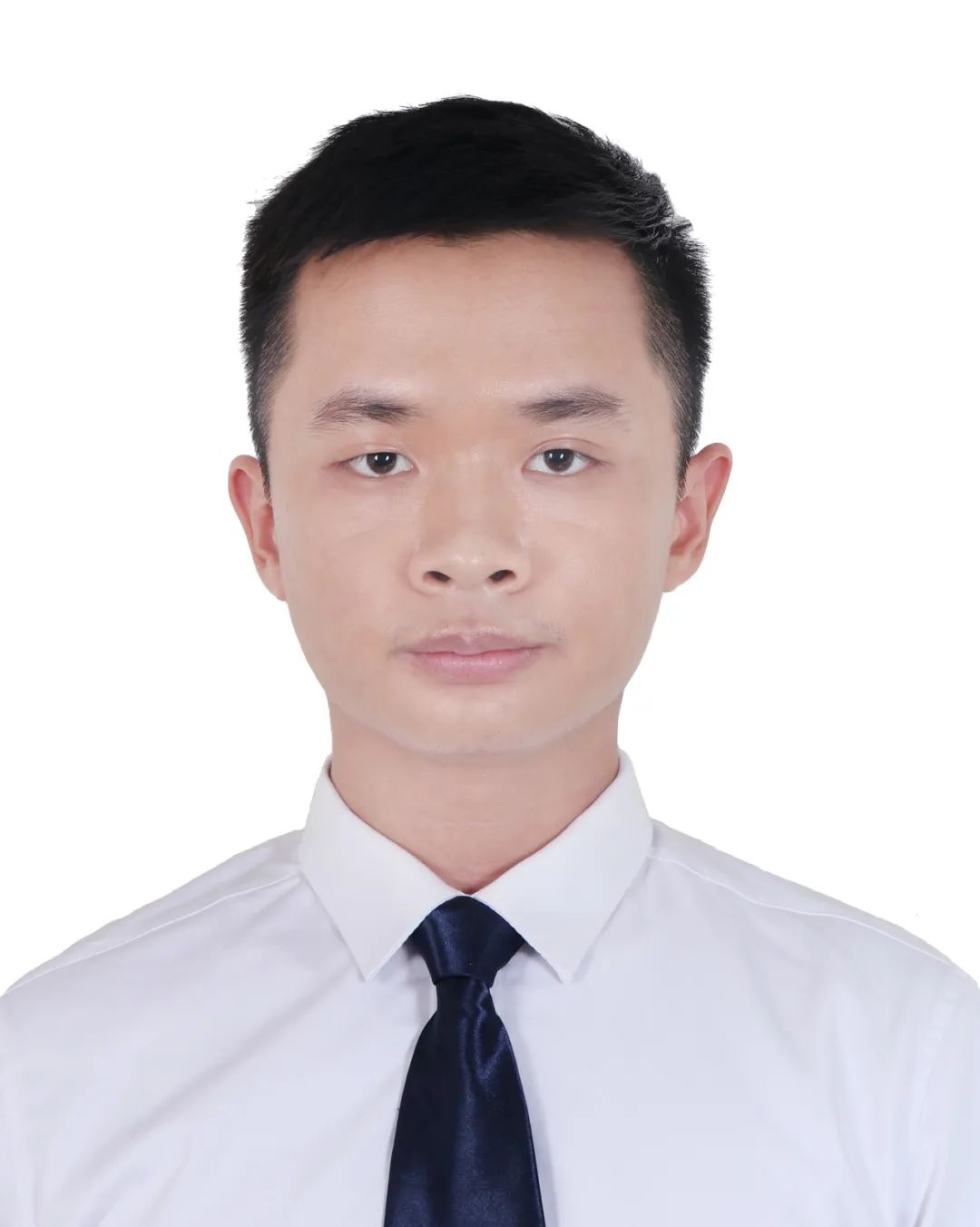
Dr. Zeng Wenjun
Graduated from Guangxi University of Chinese Medicine with a Bachelor’s degree in Acupuncture and Tuina, and a Master’s degree in Clinical Dermatology and Venereology with a focus on integrated Chinese and Western medicine. Skilled in using various TCM techniques such as acupuncture, fire needling, plum blossom needling, medicinal thread moxibustion, bloodletting cupping, acupoint injection, and herbal washes to treat skin diseases such as eczema, urticaria, acne, folliculitis, tinea, shingles, and hair loss, as well as conditions like dizziness, headaches, neck, shoulder, waist, and leg pain, facial paralysis, and stroke sequelae.


